A Box Jellyfish is a jellyfish-like creature in the class Cubozoa. Researchers do not consider these invertebrates “true” jellyfish, and place them in their own class.
Currently, they recognize about 51 different species in this group. Many of the various species pose a danger to humans with their stings. Read on to learn about the Box Jellyfish.
Description of the Box Jellyfish
All of the various species in this group have a similar appearance. Their bell has a cube-like shape, which they get their name from. Their tentacles attach at each corner of the bell.
The different species have different sizes. However, at their largest they measure about a foot across and their tentacles grow nearly 10 feet long.
Interesting Facts About the Box Jellyfish
These creatures hold notoriety for their painful and potentially deadly stings. Learn more about what makes these invertebrates so interesting, below.
- Deadly Stings – Several different species produce deadly venom in their stings. When left untreated, severe stings have even resulted in death. In Australia, researchers have recorded at least 64 deaths by the sea wasp in the past hundred-odd years.
- Irukandji Syndrome – Stings from some species, primarily Irukandji species, result in severe reactions. Some symptoms include anxiety, headache, vomiting, backache, chest pain, high blood pressure, and more.
- Trigger Warning – The stinging cells of these creatures do not fire in response to touching an object. Instead, they react to the chemicals on the skin. This helps the creatures avoid wasting resources on inanimate objects.
- Pantyhose Prevention – Some people implement the use of pantyhose while diving or swimming to avoid the stings of this creature. The pantyhose work because they prevent the stinging cells from firing because they do not have the aforementioned chemicals found on your skin.
Habitat of the Box Jellyfish
The different species in this group live in different types of habitats. Each has its own unique preferences. All of the various species live in marine, or saltwater, habitats. Most species prefer coastal regions close to shore. Some of the different types of habitats that they occupy include reefs, coasts, mangroves, and more.
Distribution of the Box Jellyfish
While various species have different ranges, the most dangerous species live primarily in the Indo-Pacific near Australia, Indonesia, and the surrounding islands. However, other species also live in the Atlantic Ocean as well. You can find these creatures in virtually any tropical or subtropical sea.
Diet of the Box Jellyfish
Unlike true jellyfish, which passively float until prey becomes entangled in their tentacles, these creatures actively hunt for food. They have carnivorous feeding habits, and hunt for small fish and invertebrates. When their prey comes in contact with their tentacles, harpoon-like stinging cells inject venom to subdue their prey.
Box Jellyfish and Human Interaction
Several different species pose a danger to humans. This danger is greater in children because of their smaller body size. The stings pose the greatest danger in less-developed regions with more restricted access to medical intervention. For example, fewer deaths occur yearly in Australia than in the Malaysian Archipelago.
Domestication
Humans have not domesticated these creatures in any way.
Does the Box Jellyfish Make a Good Pet
People refer to one species in this group as the “sea wasp” — why would you ever want to keep that as a pet?
Box Jellyfish Care
The care of these creatures is similar to that of the true jellies. Aquarists keep them in tanks with rounded edges, and use a gentle current of water to prevent them from colliding with the glass. They feed them small fish, shrimp, and other invertebrates. Each species has different specific needs for temperature and pH levels.
Behavior of the Box Jellyfish
Unlike the more passive true jellyfish, these creatures display active predatory behavior. They use their bell to swim rapidly in the direction of their prey using their relatively complex nervous and visual processing system. They also use these systems to avoid obstacles.
Reproduction of the Box Jellyfish
The reproductive habits and rates of these invertebrates vary based on the species. In many species, scientists have not researched their reproduction fully.
Their lifecycle is similar to that of the true jellies. The adults release their eggs and sperm to fertilize externally. The eggs hatch into a larva, which attaches itself to a substrate. The larva grows into a polyp, and the polyp buds off miniature versions of the adults.




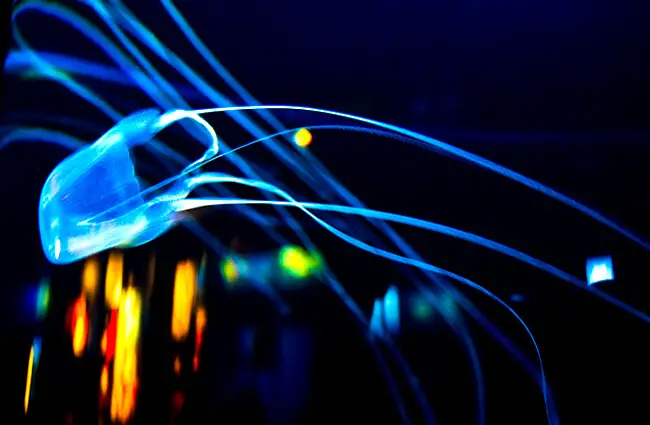
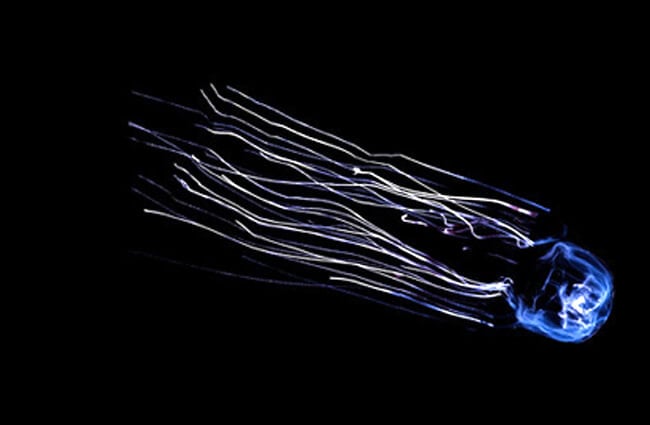
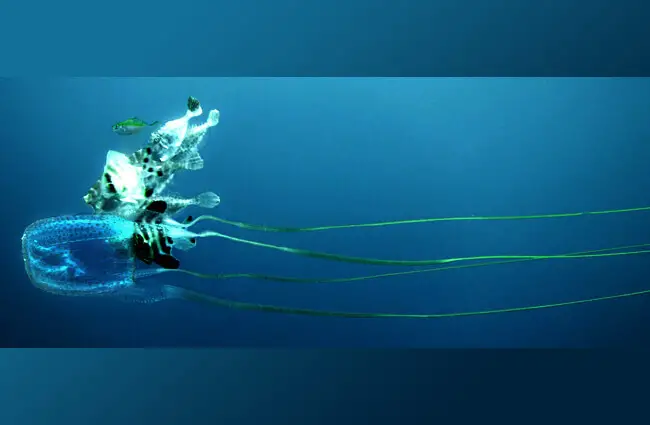


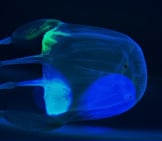

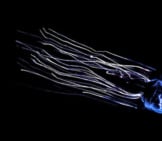

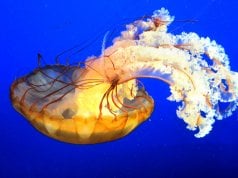

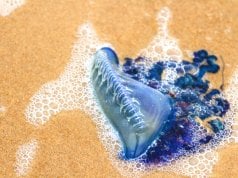










![Red Angus Closeup of a beautiful Red Angus cowPhoto by: U.S. Department of Agriculture [pubic domain]https://creativecommons.org/licenses/by/2.0/](https://animals.net/wp-content/uploads/2020/03/Red-Angus-4-100x75.jpg)

